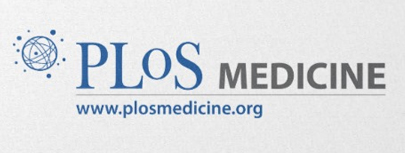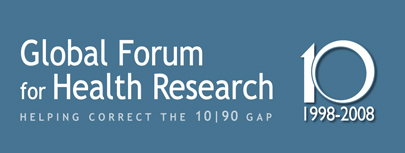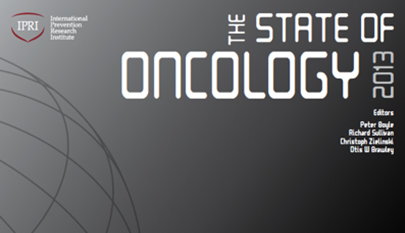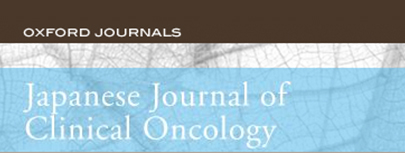The growing burden of cancer in India: epidemiology and social context
Series
Cancer can have profound social and economic consequences for people in India, often leading to family impoverishment and societal inequity. Reported age-adjusted incidence rates for cancer are still quite low in the demographically young country. Slightly more than 1 million new cases of cancer are diagnosed every year in a population of 12 billion. In age-adjusted terms this represents a combined male and female incidence of about a quarter of that recorded in western Europe. However, an estimated 600000–700000 deaths in India were caused by cancer in 2012. In age-standardised terms this figure is close to the mortality burden seen in high-income countries. Such figures are partly indicative of low rates of early-stage detection and poor treatment outcomes. Many cancer cases in India are associated with tobacco use, infections, and other avoidable causes. Social factors, especially inequalities, are major determinants of India’s cancer burden, with poorer people more likely to die from cancer before the age of 70 years than those who are more affluent. In this first of three papers, we examine the complex epidemiology of cancer, the future burden, and the dominant sociopolitical themes related to cancer in India.

















